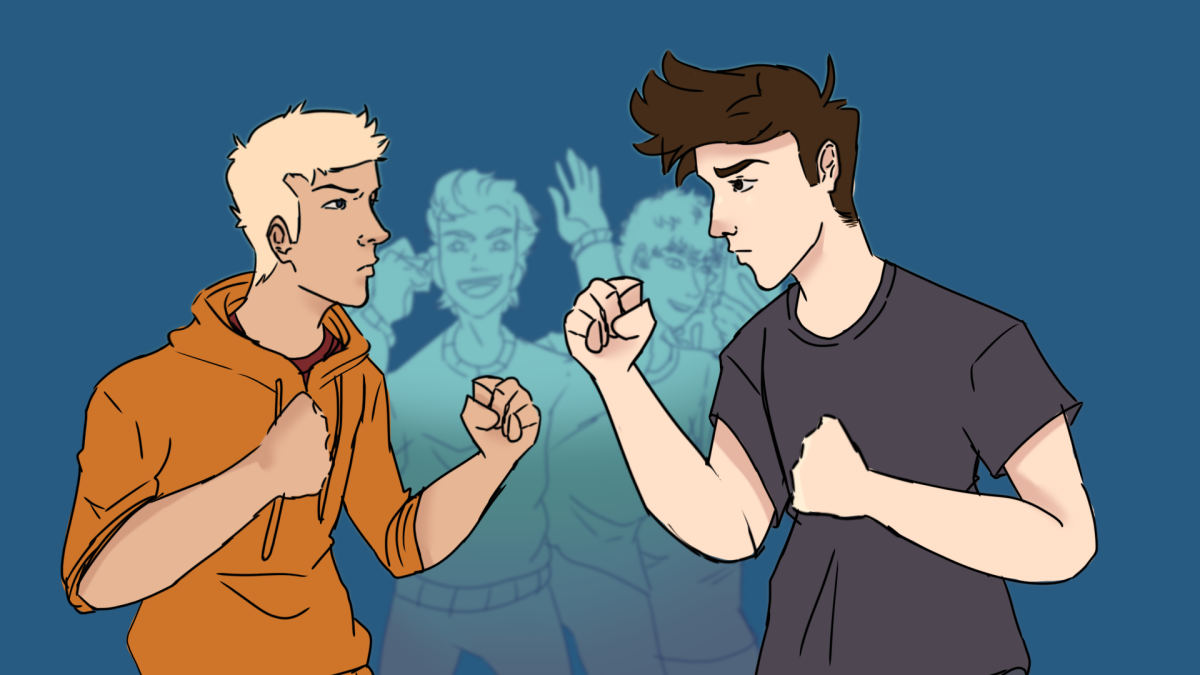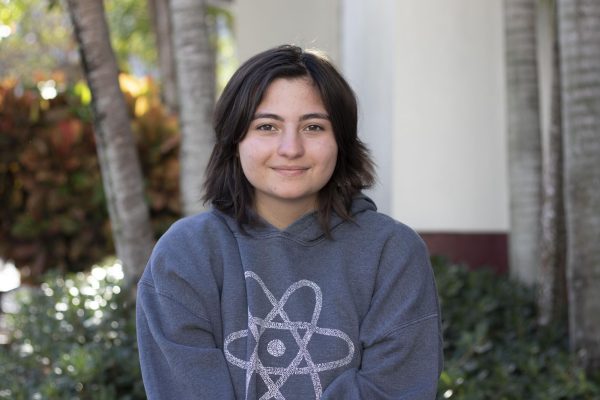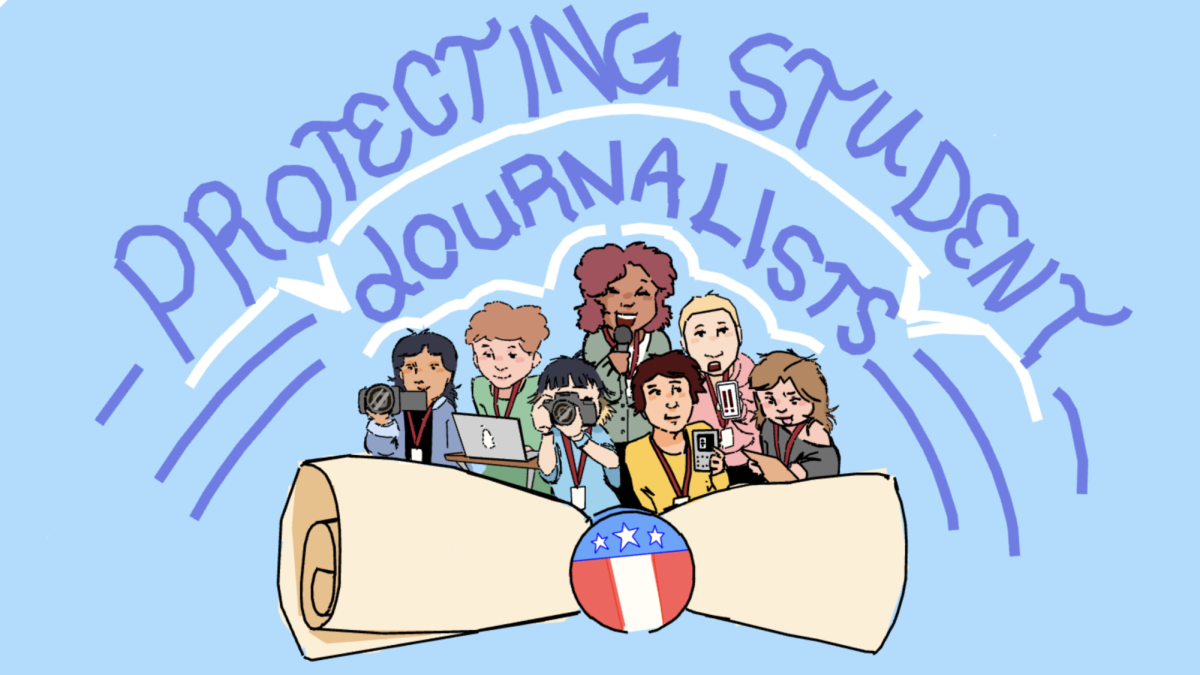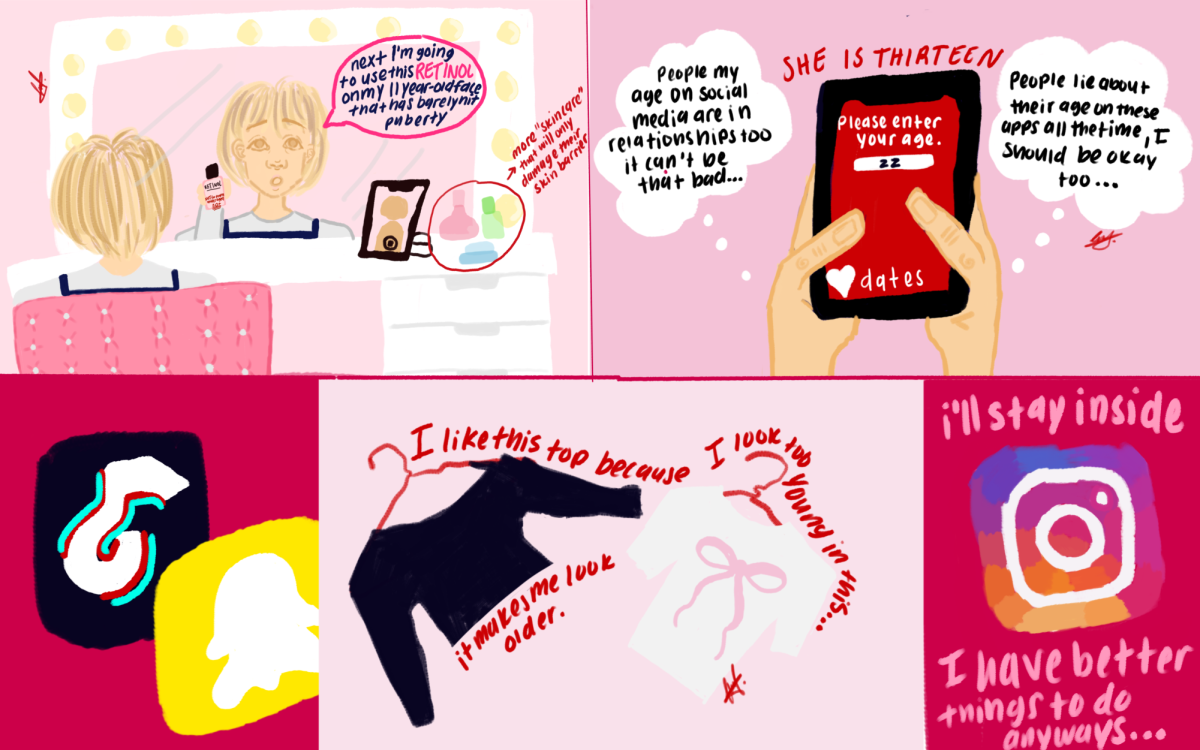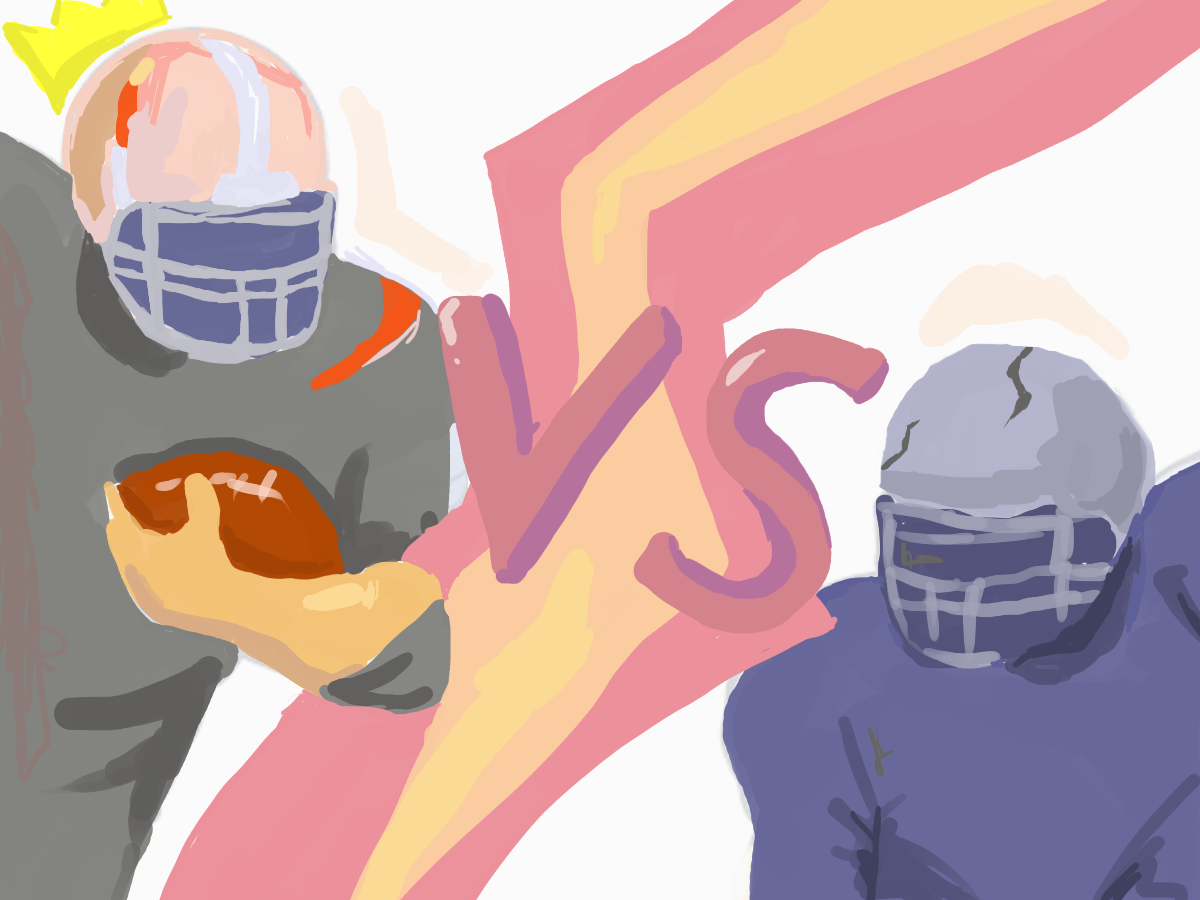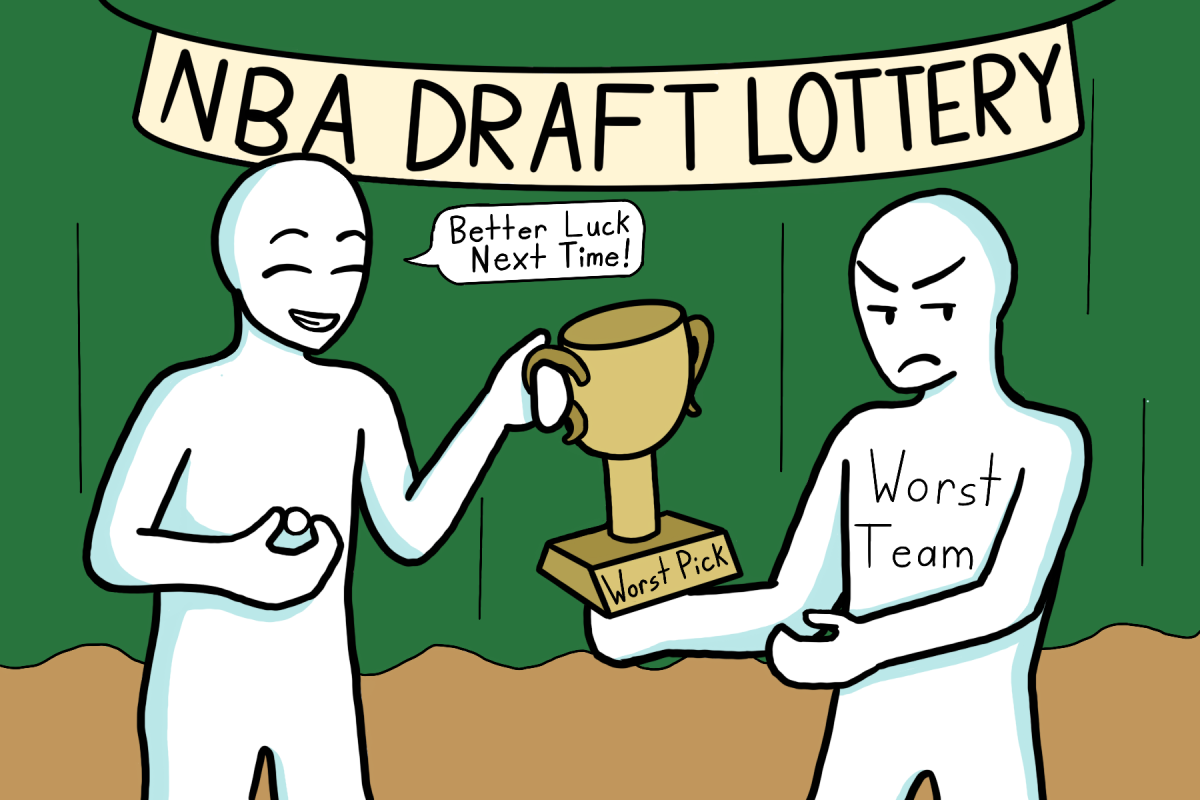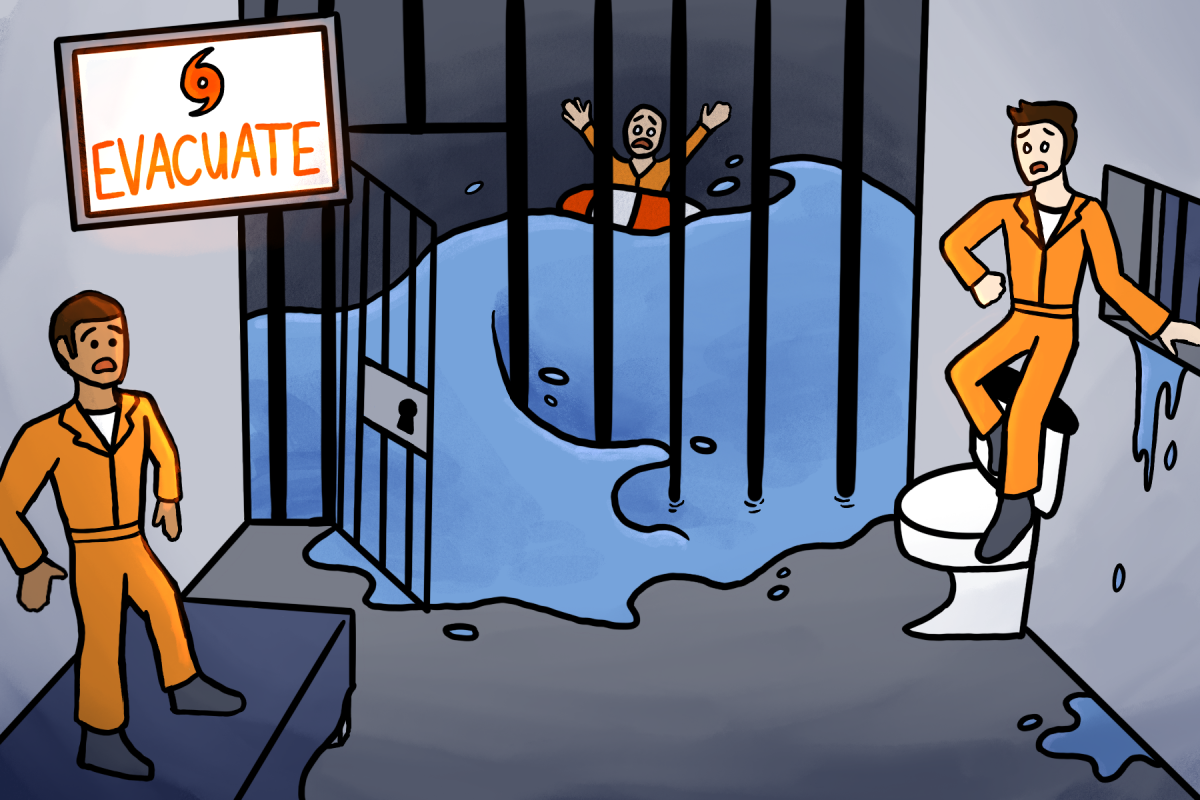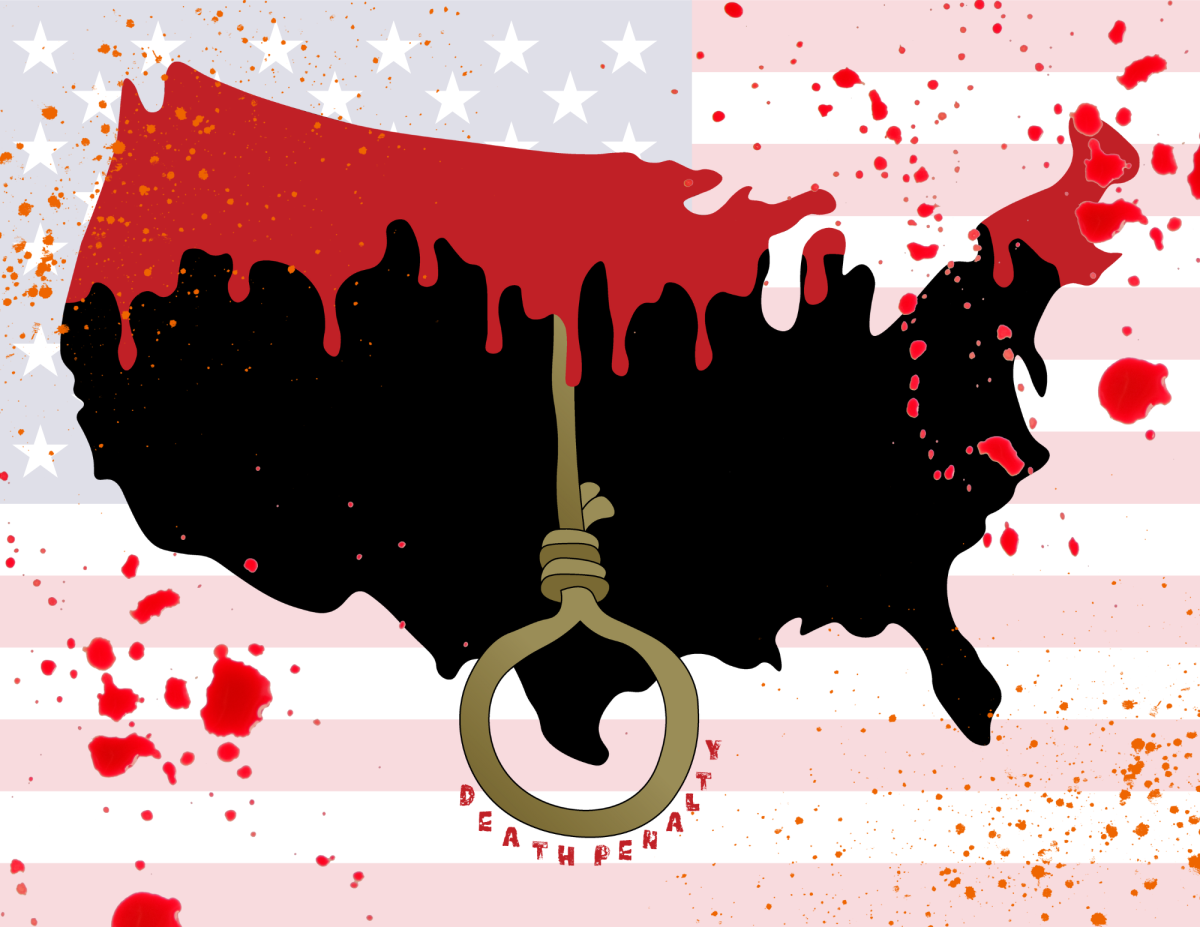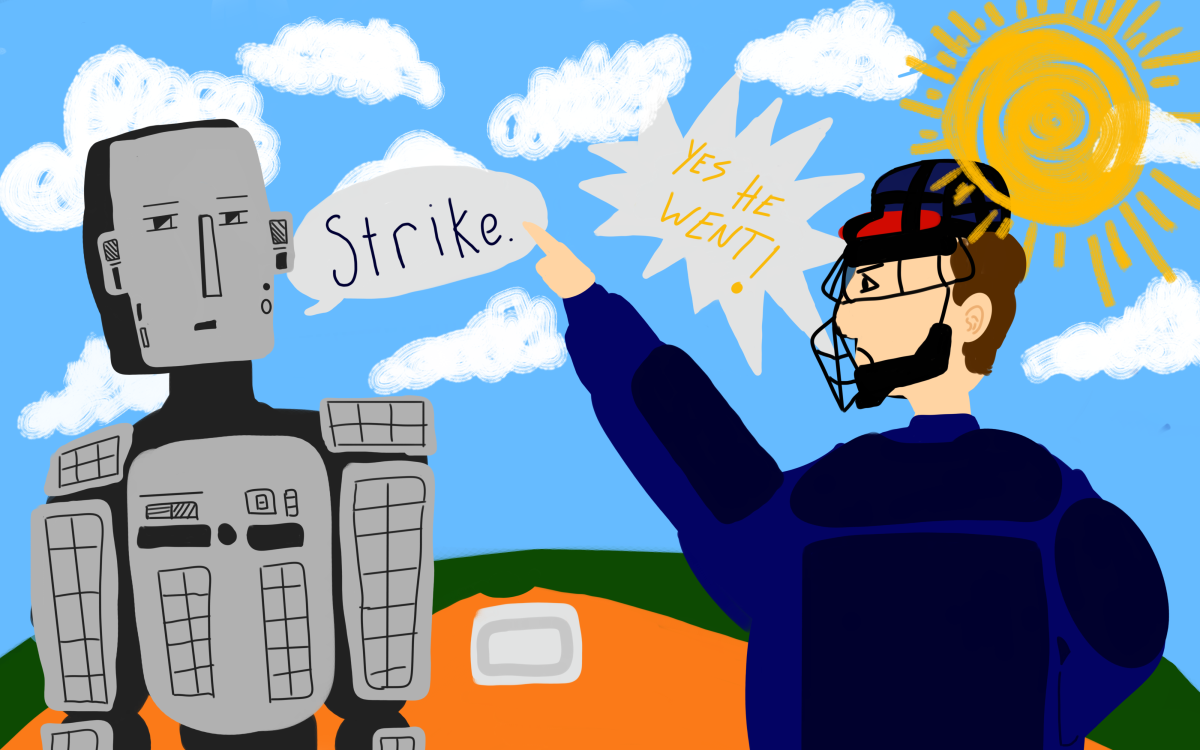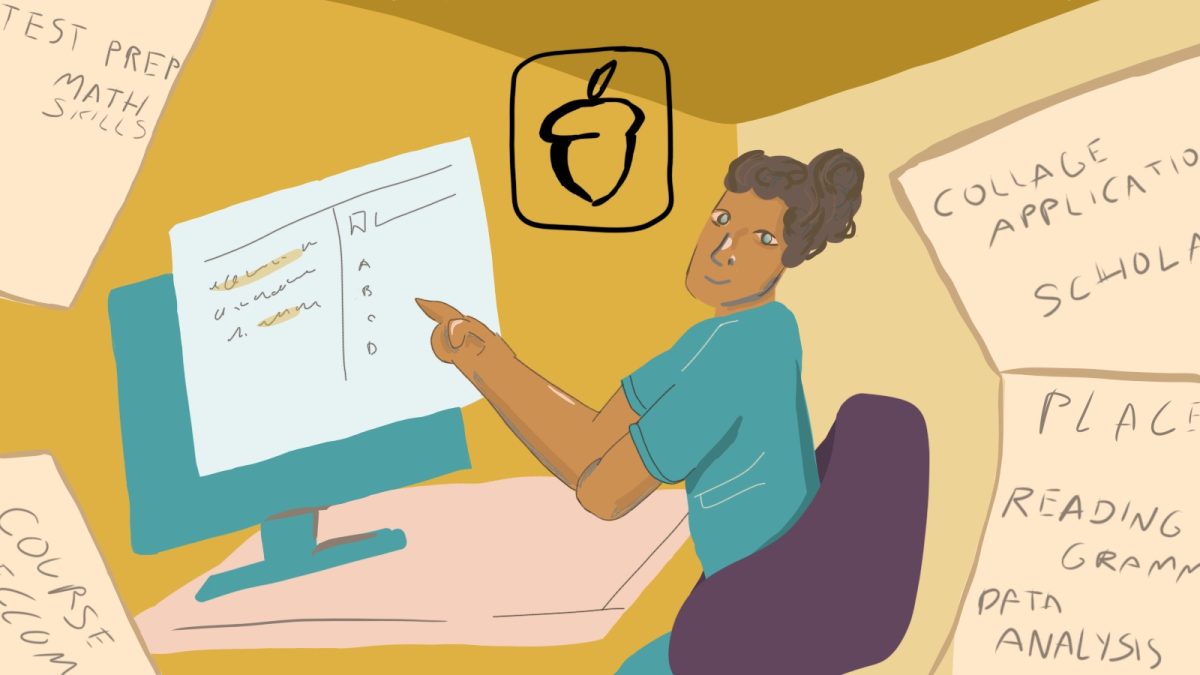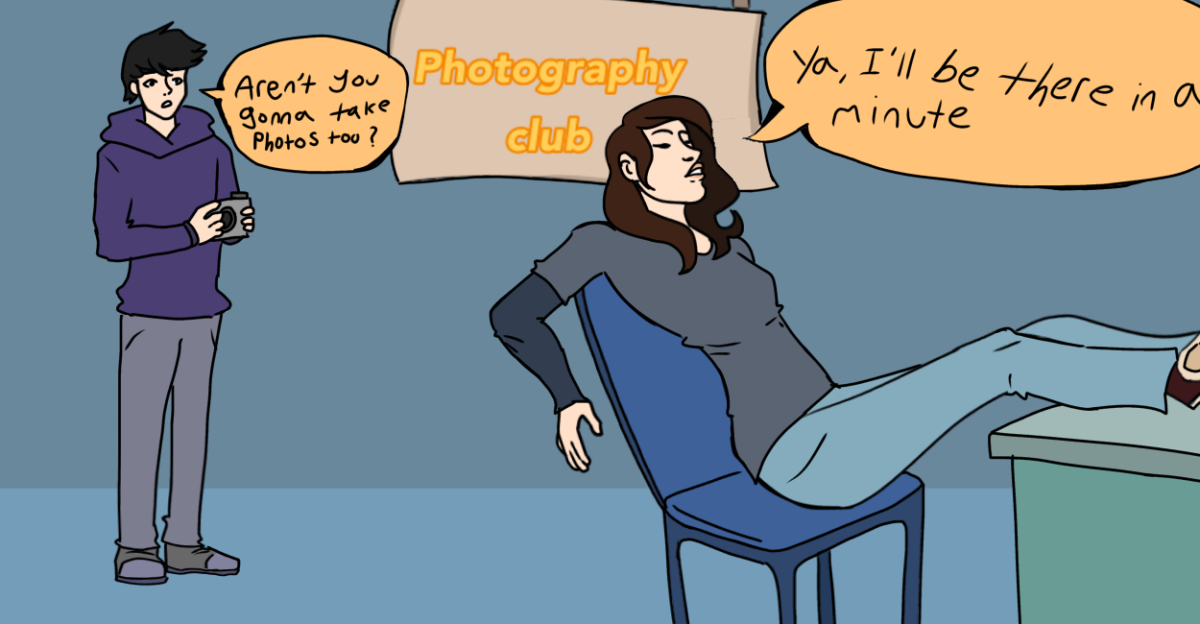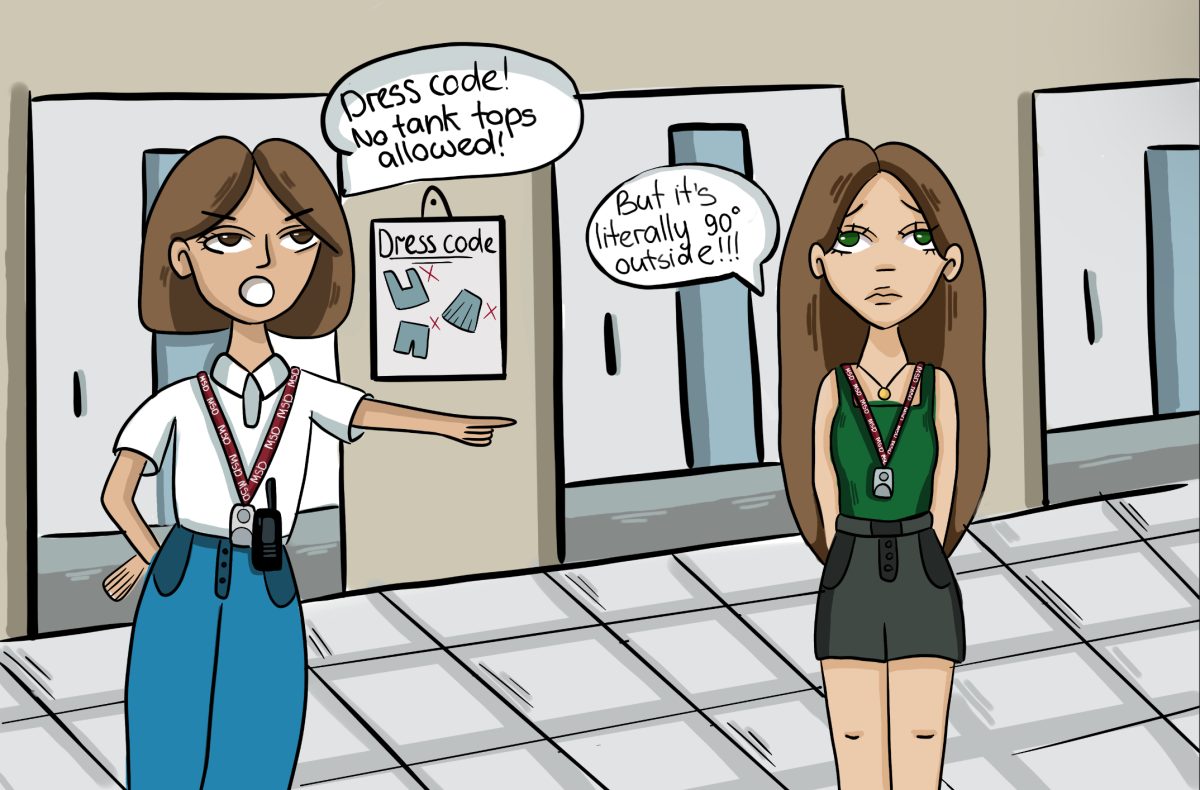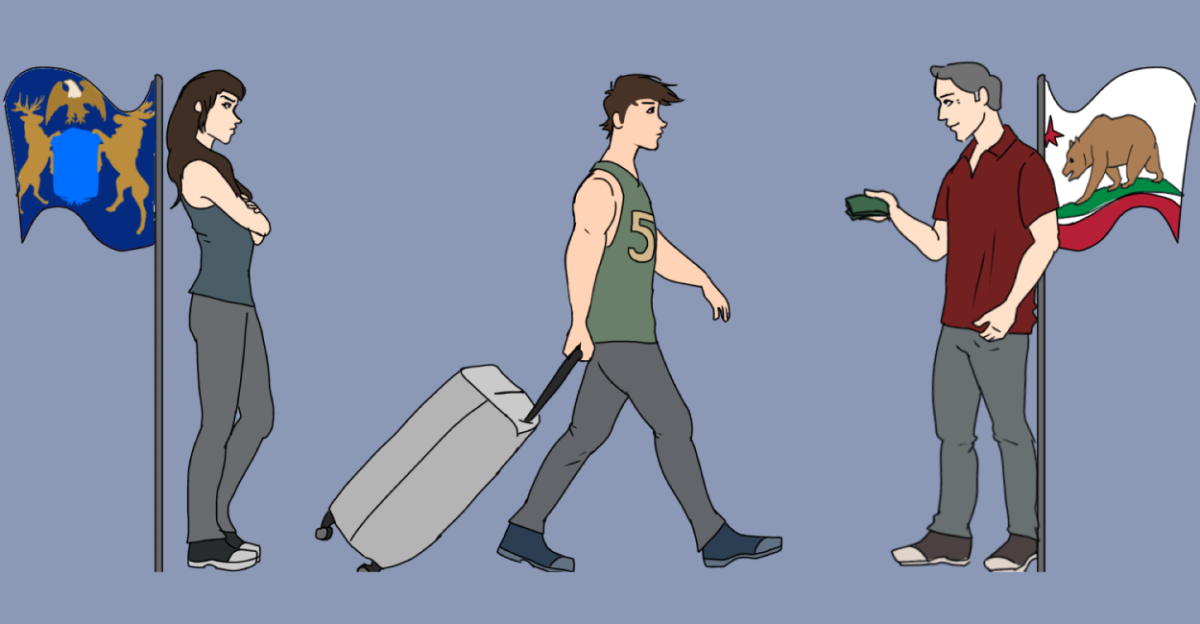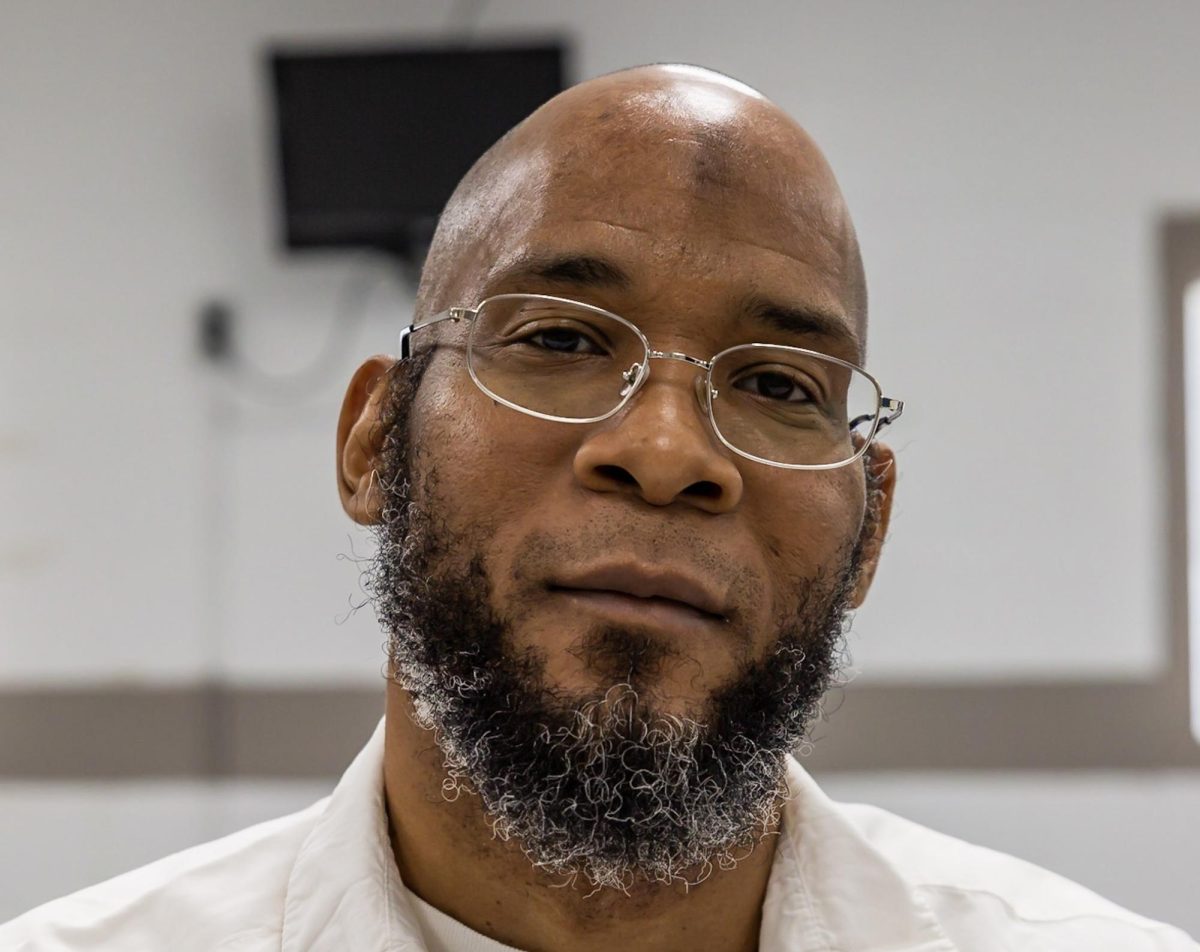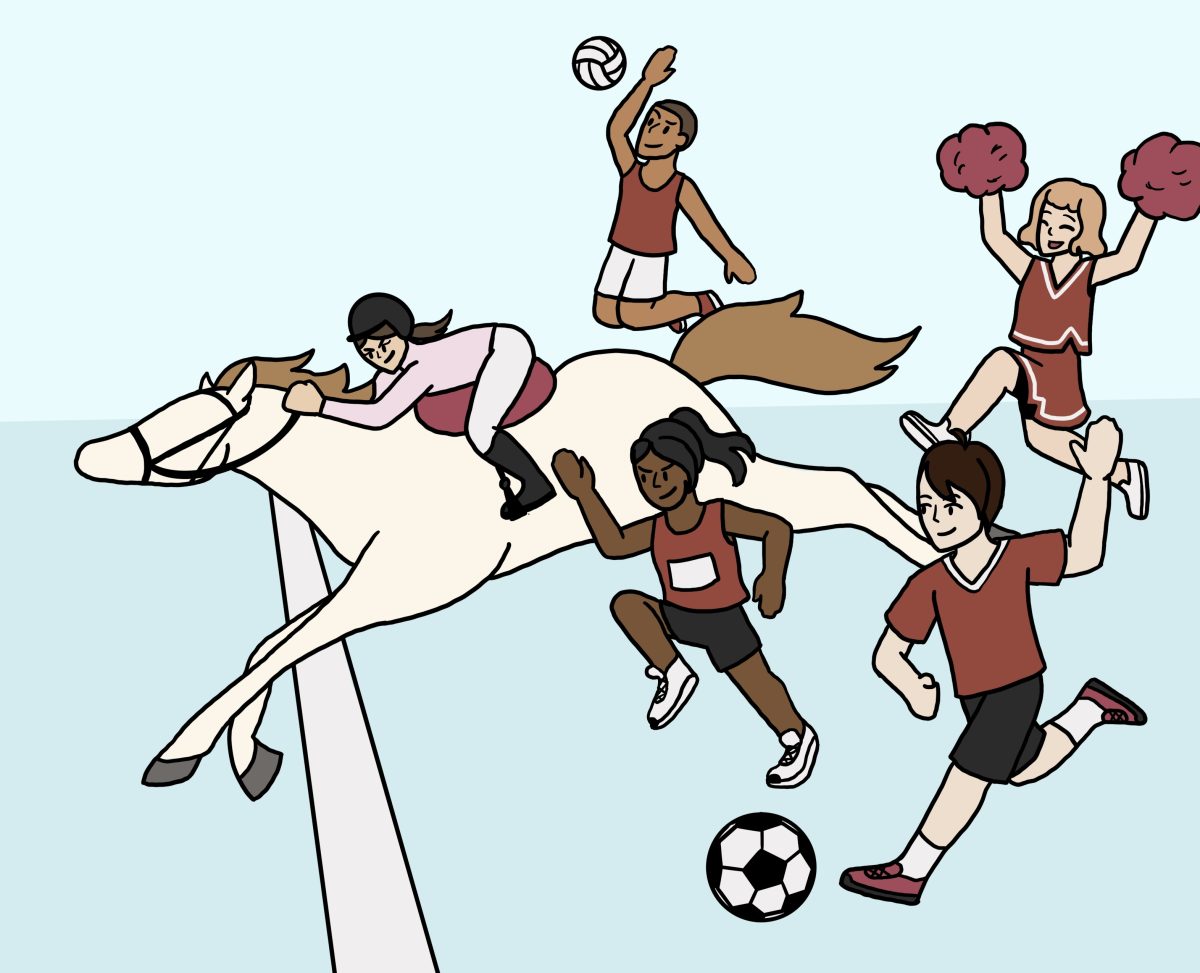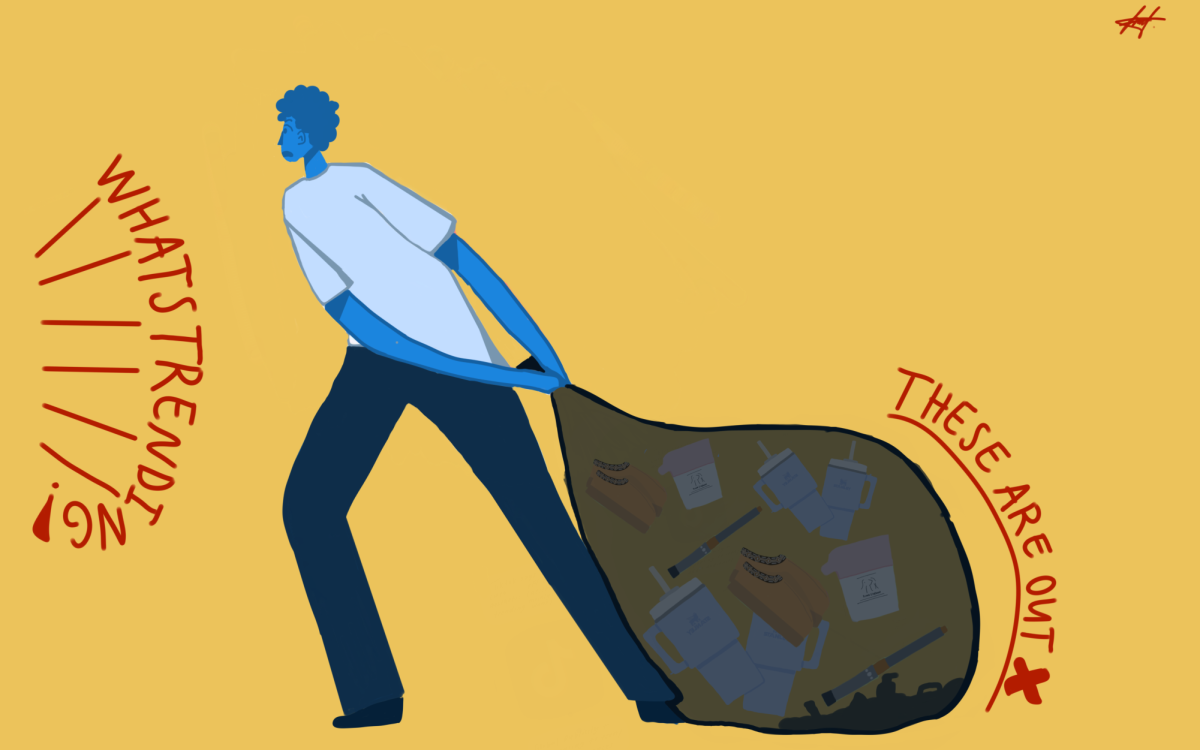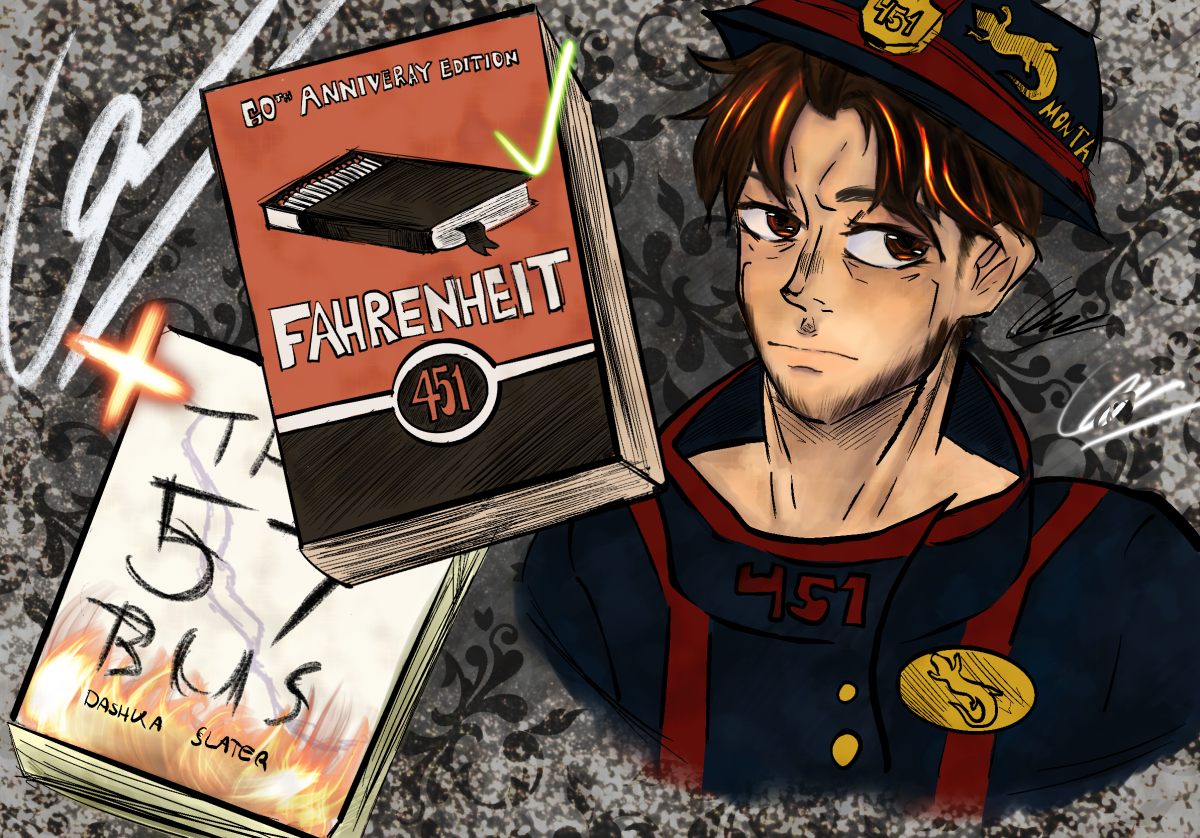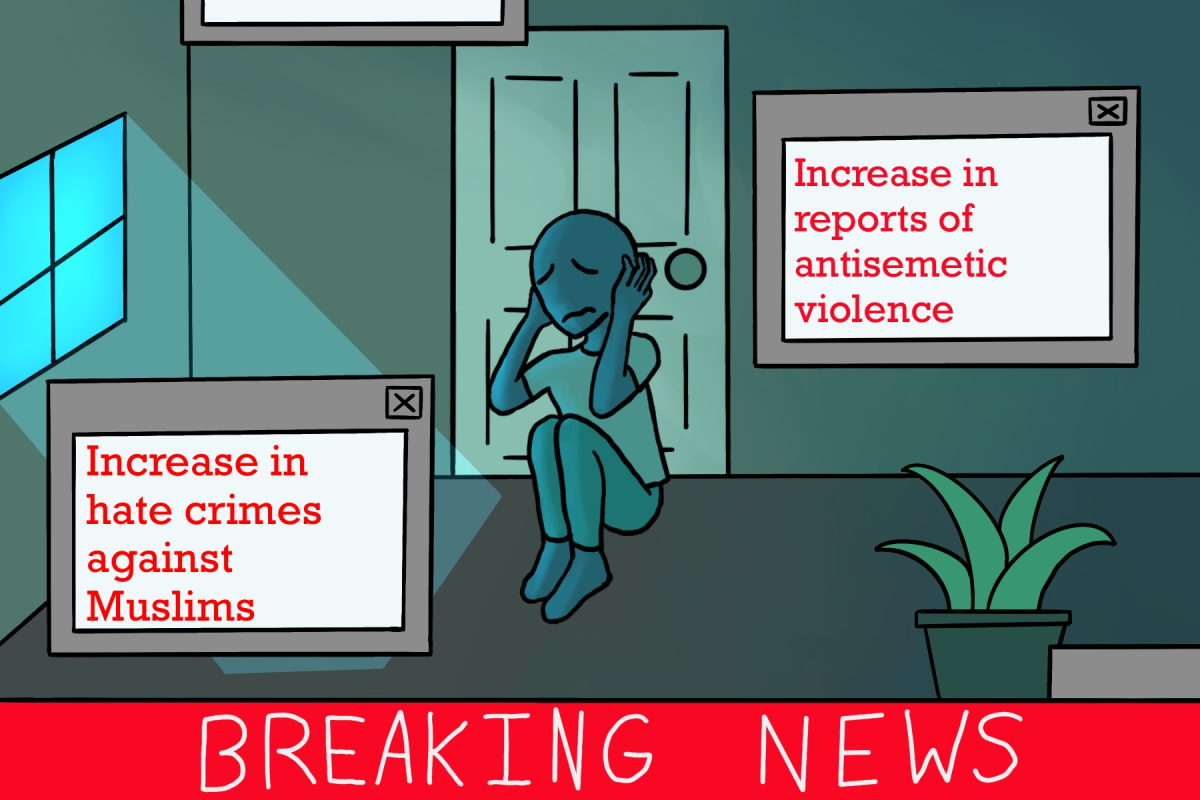Many schools, including Marjory Stoneman Douglas High School, have had their fair share of physical fights. Students get into arguments and exchange harsh words with each other before one advances towards the other. Massive crowds gather in courtyards or fields, cheering on the conflict. The students continue to maul each other before school security guards break up the fight and drag them to the office where they will wait for their consequences. The crowd disperses, bored after their afternoon entertainment was shut down.
These fights have become a major part of high school culture. Whenever they occur, students rush to witness them, laughing and recording the gruesome conflicts. Videos are sent out to other students and put on social media platforms, allowing the entire world to view the nasty encounters. Many believe that school fights are the perfect source of entertainment; however, they are destructive and should not be encouraged under any circumstances.
Students brawl with each other for many reasons. Distinct opinions, atrocious manners, upholding reputations and pop culture are some of the excuses as to why students fight. Additionally, students may fight over other students or because they seek attention from their peers. Most school fights that occur are not caused by complex issues. This is clearly unacceptable and should not be supported.
Whenever fighting occurs, schools give the participating students specific disciplinary actions. More often than not, these ramifications are severe. At MSD, physical fights are considered a disturbance according to the Broward County Public Schools Code of Student Conduct. Consequences for fighting include a nine-day external suspension and a recommendation for expulsion for both major and minor altercations. This can negatively affect a person’s academic future, as the consequence will be on their transcript and they may not be able to receive future education from specific institutions.
There are also many physical and mental effects of engaging in violence at school. Bruises, cuts, scrapes, broken bones, concussions and other severe afflictions appear on students’ bodies. Along with bodily injuries, children who have experienced school violence can easily develop mental health conditions and disorders. Students may undergo poor academic performance, low self-esteem and lack of interest in hobbies and passions. Rethink Mental Illness states that students may turn to drugs and alcohol as a way to relieve their pain. This will ultimately cause even more trauma.
Bystanders, or students who witness fights but do not participate in them, can also experience trauma. They may feel guilty about viewing those fights and not doing anything to stop them. Very Well Mind explains that they may also feel threatened by the actions of others and react in a similar way to someone who has been in a fight. Instead of observing a fight, students can reach out to administration and stop the conflict before it is too late.
Along with these devastating effects, students may also experience extreme humiliation from being in a fight. Conflicts are frequently recorded by numerous students and posted online. The New York Post states that therapists say children can be subjected to intense shame and embarrassment when some of their worst moments are shared with millions across the world. This is unfair to the people in the videos, as they were most likely posted without consent or knowledge. No one deserves to be humiliated in that way, even if they were causing a school disturbance.
Conflicts should not be recorded or posted online at all because of the serious consequences that come with it. After a post is sent out online, anyone can view it, including parents, teachers and college admission officers. This can greatly impact a student’s academic and social future. To avoid these repercussions, all one would have to do is walk away from a fight before it can get physical.
Violence is never the answer. Although students’ brains may still be in their developing stages, they should be taught that there are better ways of solving problems than engaging in a fight. These issues could be avoided by simply having a conversation about the disagreement. School administration is available to solve arguments in a civil manner. Peer counselors at school are also accessible and ready to help any student. By encouraging what seems to be a harmless brawl, people are actually supporting abuse, awful health and failure.

